Almost 50% of Earth’s habitable land is used for agriculture with more than 608 million farms in the world. Of these, 90% are family farms, occupying around 70-80% of farmland and they produce around 80% of the world’s food in value terms1.
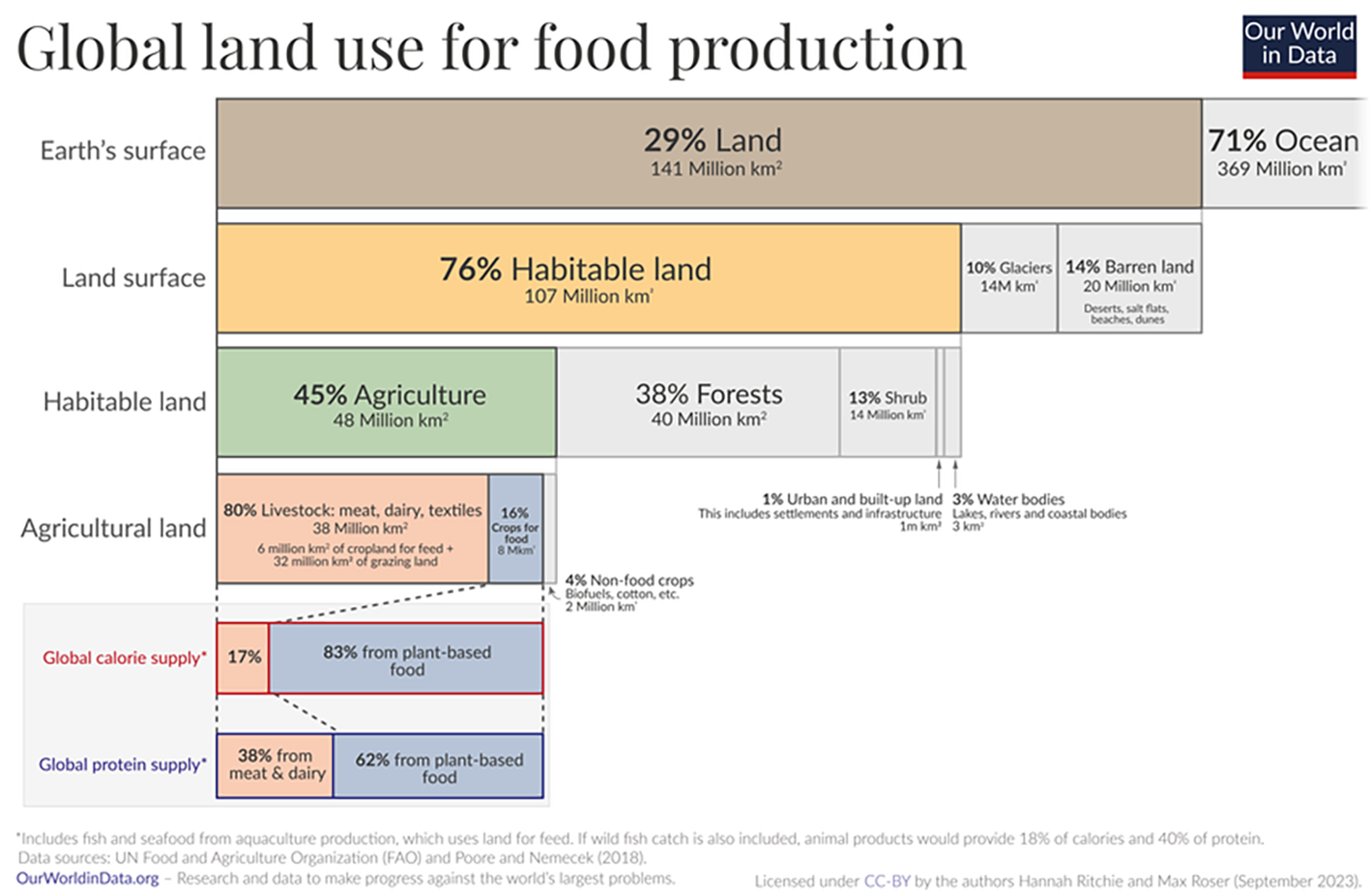
Agricultural land-use is 55% of the Australian land mass, encompassing 426 million hectares (excluding timber production)2.
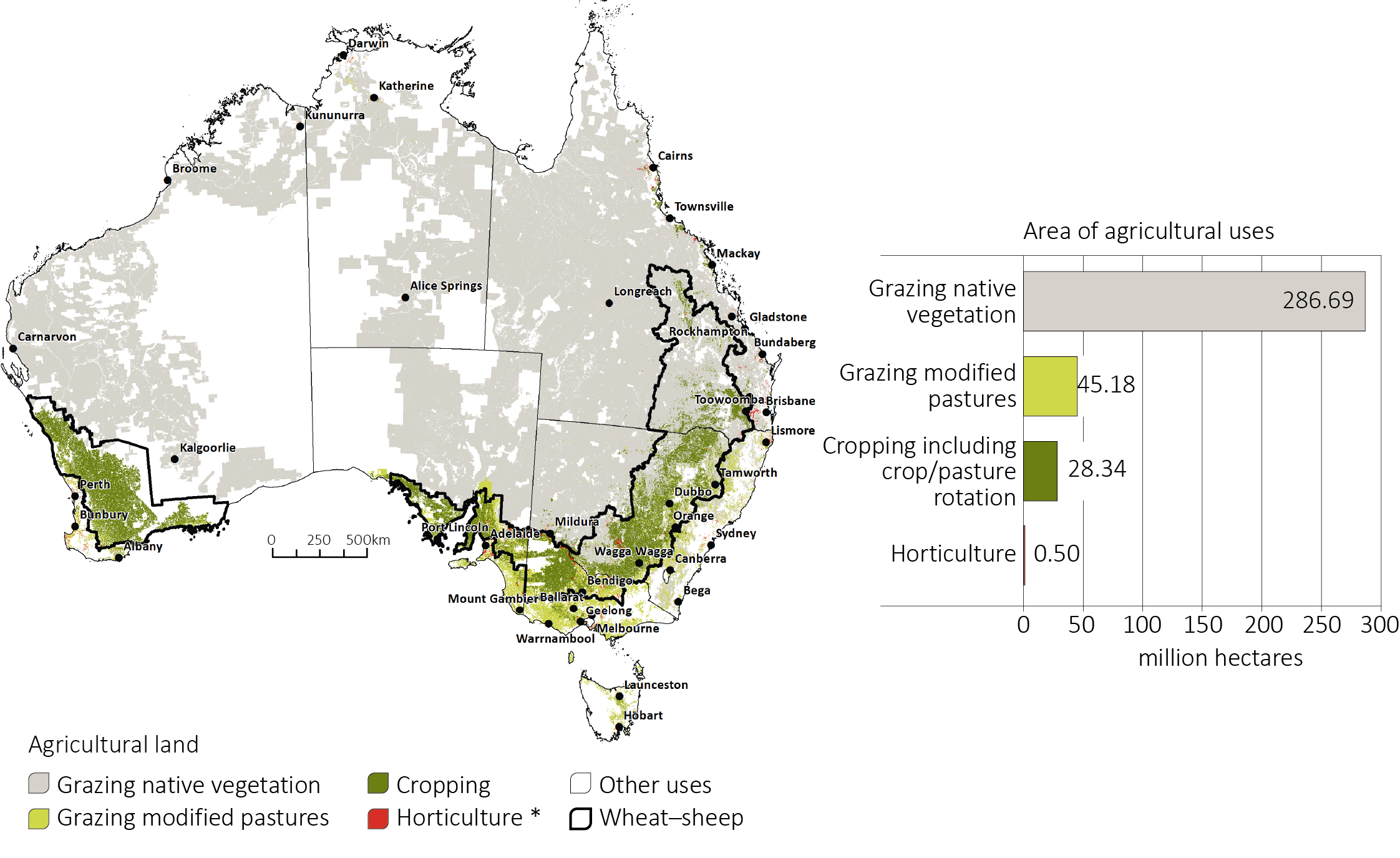
Research shows the value of Australian natural assets has risen to $6,562 billion as at 30 June 2018. In 2017-18, land accounted for 90% of the total value of Australia's environmental assets at $5,921 billion3.
| KEY FACTS |
|---|
|
The World of Organics Agriculture (2024) identifies that Australia has the most certified organic land globally. The Australian Organic Market Report (2023) identified that there are 3,035 certified organic operators in Australia and they occupy 53 million hectares. This constitutes 12.5% of the overall agricultural land-use in Australia that is sustainably managed, pesticide and herbicide free. |
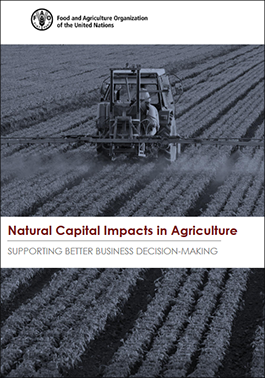
Natural Capital is defined as “the stock of natural ecosystems in Earth including air, land, soil, biodiversity and geological resources”4 that underpins ecosystems and ultimately our food systems. Trucost (commissioned by the Food and Agriculture Organisation of United Nations in 2015) undertook a global study of the “Natural Capital Impacts of Agriculture” to assess the true magnitude of the economic and natural capital costs associated with industrial agricultural commodity production.
The study found that the costs to the environment due to the impacts on natural capital is equivalent of approximately US$3 trillion each year.
| KEY FACTS |
|---|
| Certified organic land encompasses the sustainable and regenerative management of on-farm natural capital to ensure healthy ecosystems and food systems. |
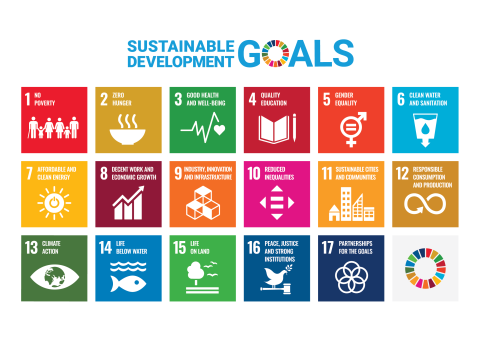
The Sustainable Development Goals (SDGs) were developed in 2015 as the core component of the ‘2030 Agenda for Sustainable Development’ in a global partnership.
The SDGs recognize that ending poverty and other deprivations must go hand-in-hand with strategies that improve health and education, reduce inequality, and spur economic growth, all while tackling climate change and working to preserve our oceans and forests.
| KEY FACTS |
|---|
|
Organic Agriculture and the Sustainable Development Goals: Part of the Solution (2019) concluded that organic agriculture has a positive impact on no less than 8 of the 17 goals including:
|
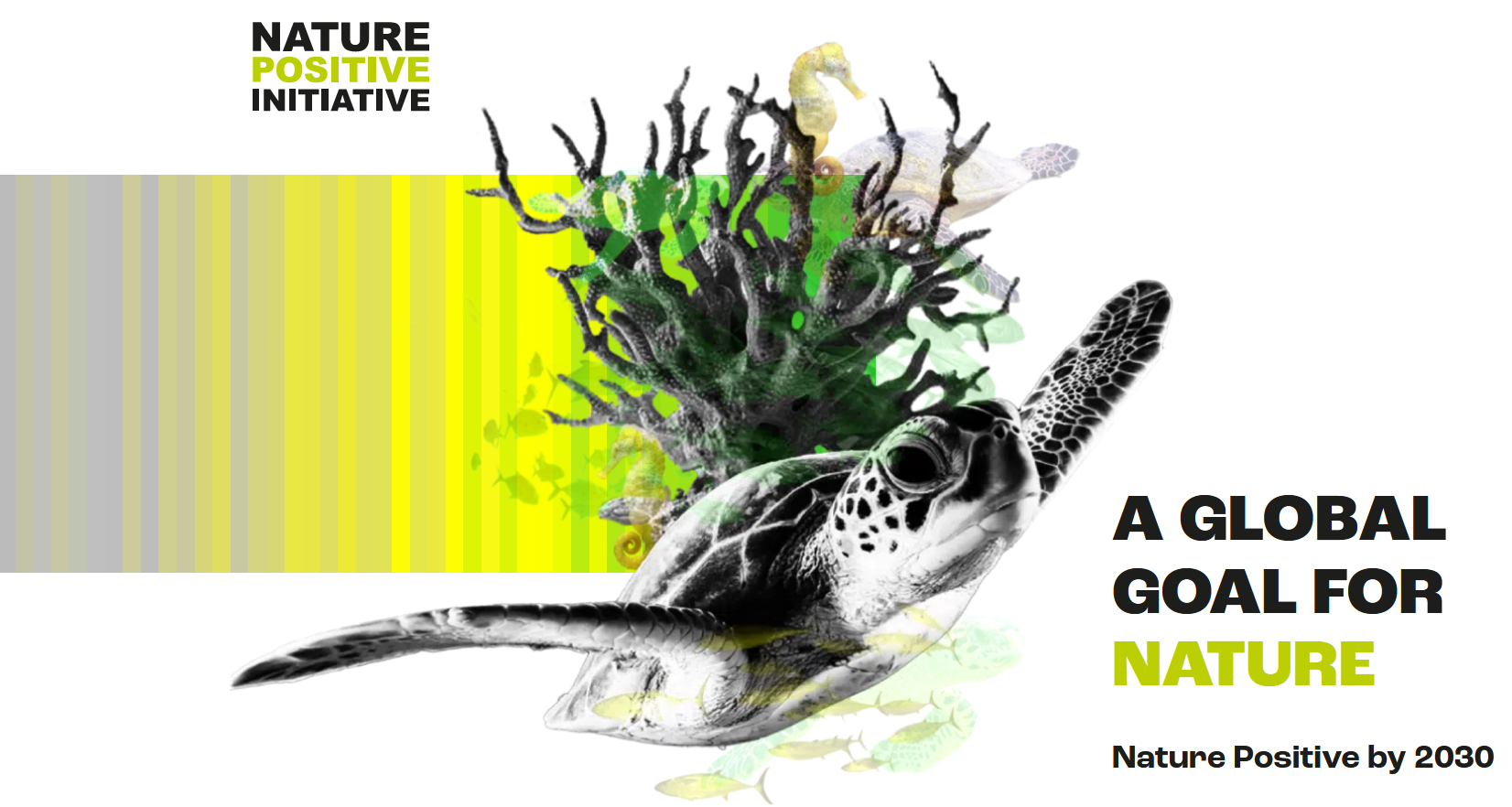
Australia is a signatory to a new Global Biodiversity Framework to guide actions worldwide through to 2030, to preserve and protect nature and its essential services to people.
| KEY FACTS |
|---|
| Of the 53 million hectares of certified organic lands in Australia, at least 5% of that land area (2.65 million hectares) is dedicated to biodiversity delivering on ‘nature positive’ outcomes. |
Footnotes
1. Richie and Roser (2024) Half of the world’s inhabitable land is used for agriculture. https://ourworldindata.org/global-land-for-agriculture. Accessed 8th March 2024. Sarah K. Lowder, Marco V. Sánchez, Raffaele Bertini (2021) Which farms feed the world and has farmland become more concentrated? World Development. Volume 142, 105455.
2. ABARES (2024) Snapshot of Australian Agriculture. https://www.agriculture.gov.au/abares/products/insights/snapshot-of-australian-agriculture.
3. ABS (2019) Australia's natural capital valued at $6,413 billion. https://www.abs.gov.au/ausstats/abs@.nsf/mediareleasesbyCatalogue/D93FAC5FB44FBE1BCA257CAE000ED1AF.
4. Natural Capital Coalition (2016) Natural Capital Protocol [Online] Available from: https://capitalscoalition.org/capitals-approach/natural-capital-protocol/?fwp_filter_tabs=guide_supplement Accessed 8th March 2024.